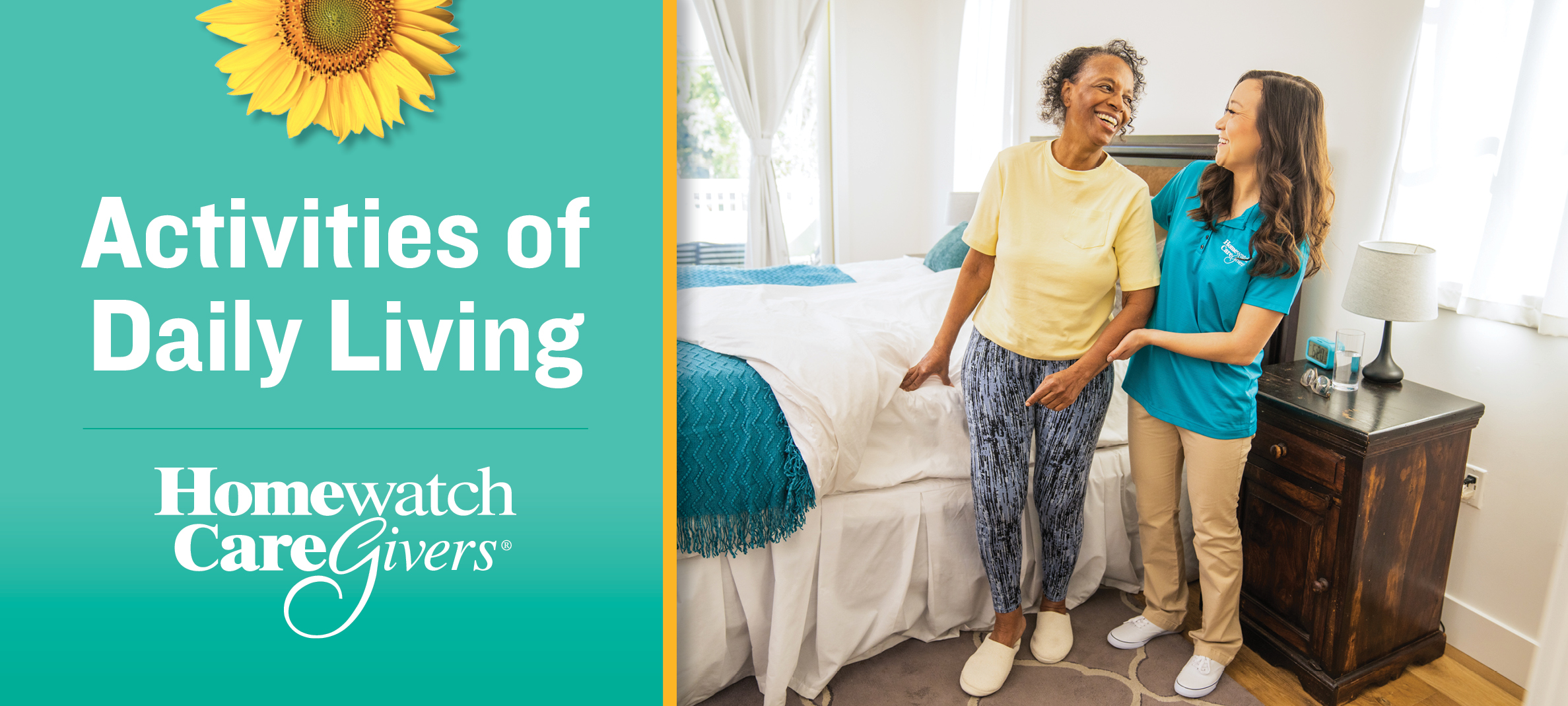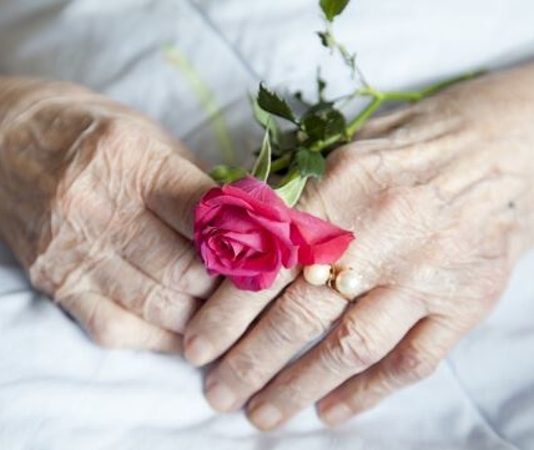When someone needs assistance after illness, injury, or just due to changing abilities with age, there are a lot of questions and a lot of new lingo. As you explore the long-term care options and ask, “What does in-home care mean?” and “What are the different types of eldercare?” you will hear people talk of ADLs and IADLs and how those impact your choices and decisions.
What Do ADLs and IADLs Stand For?
The need for care has to do with what a person can or cannot do for themselves, either temporarily or for the rest of their lives. These are called activities of daily living (ADLs) or also Basic ADLs, the kinds of things we all learn as children to do for ourselves and they include:
- Feeding, simply getting the food from plate to mouth with success.
- Toileting, is what it sounds like with the ability to successfully get to the toilet when needed and properly clean one’s self.
- Bathing, not just washing one’s face and body but safely entering and exiting the tub or shower and maintaining good hygiene for optimum well-being.
- Dressing and grooming, from choosing clothing to buttoning buttons correctly and brushing hair and teeth.
- Walking (also referred to as “ambulating”), both inside and outside of the home.
- Transferring, this might mean being able to get out of a bed or a chair as well as stand up using a walker or using a wheelchair for mobility.
In-home care with professionally-trained caregivers can assist with all of these ADLs when a person is ill or in a weakened state, perhaps after surgery. An individual may be capable of executing on all but one of these ADLs and just need intermittent support from a family member or hired caregiver to maintain safety in the home for themselves. Or, some people need daily help with each one of the ADLs to maintain well-being.
Instrumental Activities of Daily Living (IADLs) are more complex and involve organizational skills but are still considered self-care and need to be done successfully or with some support. IADLs include:
The ability to pay bills and manage finances
Transportation, such as driving a car or following a bus schedule
Meal preparation, including shopping for groceries and other necessities
Home maintenance, from keeping the home tidy to an awareness of bigger issues such as a need for work on the furnace
Managing medications, such as when to take medicine and with the appropriate foods
Communication, like how to make calls and send mail
Why Does It Matter?
Geriatricians and other senior care experts use ADLs and IADLs as part of their assessments to determine a person’s physical and cognitive health and therefore care needs. No one should have to struggle day to day just to perform basic daily activities and there is help to maintain a life of supported independence.
When ADLs and IADLs become compromised for any reason, it can be an opportunity for a life of interdependence in which individuals rely on one another for improved safety and well-being in their home.
Identifying issues with ADLs and IADLs can help a frustrated family caregiver who is unsure what their loved one needs at different stages of life.





